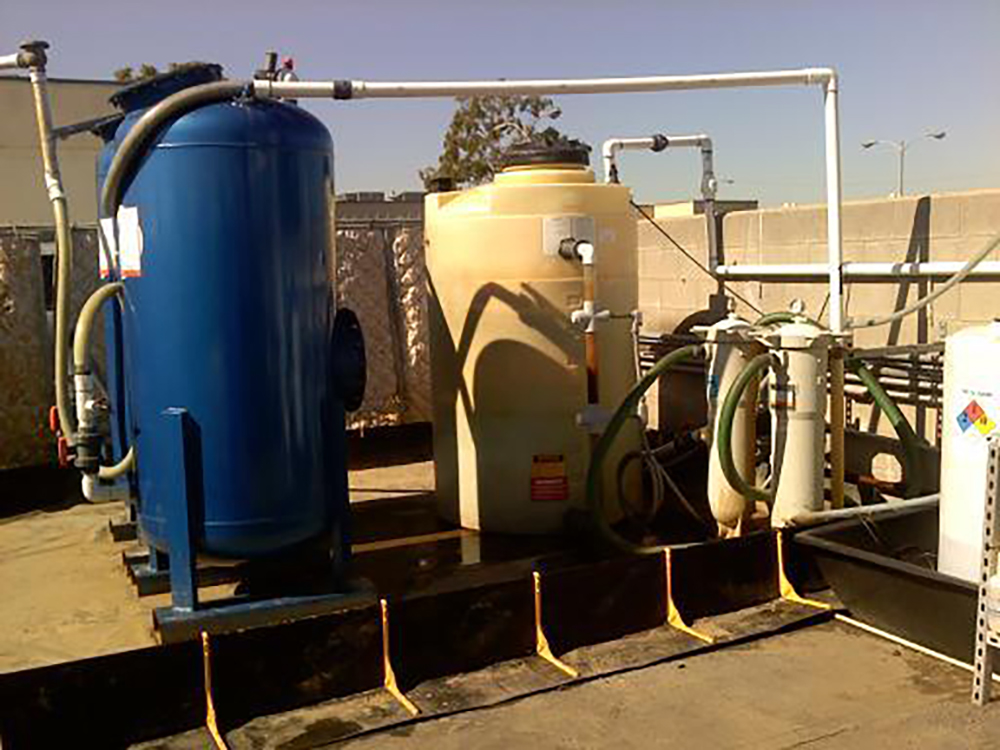The Project.
The Carson Sheriff Station had leaking USTs removed in 1988, but not before light non-aqueous phase liquid (LNAPL) in the form of gasoline had accumulated on groundwater covering a large portion of the property. In addition, the LNAPL and dissolved contaminants including benzene had migrated to the site boundary beneath adjacent residential properties. Expedited remedial action was required by the LARWQCB.
Client:
Los Angeles County Chief Executive Office
Location:
Carson, CA
Services:
- Geotechnical
- Geotechnical Testing
Project Fact:
Under Leighton’s management, over 500,000 lbs. of contaminant mass has been removed, with 2.2m gallons of groundwater treated.
The Leighton Solution.
When the County CEO office took over management of the cleanup, Leighton was selected to proceed with characterization and remedial action. The first action was to prepare a Remedial Investigation Work Plan (RIWP), as well as implement a 90-day Multi-Phase Extraction (MPE) pilot study as interim remedial action. While awaiting LARWQCB approval, Leighton implemented an aggressive program of weekly free product removal from onsite monitoring wells.
The field exploration consisted of direct-push borings to assess the lateral extent of LNAPL and volatile organic compounds (VOCs) in the soil and groundwater. Additionally, more than 150 soil vapor probes were installed throughout the site and on adjacent properties to assess the potential for elevated concentrations of VOCs in soil vapor, and evaluate the potential for vapor intrusion and possible human health risk. The resulting Remedial Investigation report also included results of an indoor-outdoor air sampling study and human health risk assessment (HHRA). An updated RAP included quarterly groundwater monitoring and installation of a DPE system.
Due to the nature of contaminates, proximity of residential properties, offsite migration of groundwater contaminants, and the potential for human health risk, the project has required daily diligence and proactive project management. In addition to weekly and monthly meetings for project status updates and cost forecasting, presentation of data utilizing trend graphs and plume depictions have been provided to the County for projected cost and system performance planning.
The remediation system has removed over 97% (over 500,000 lbs.) of the contaminant mass and treated over 1.5 million gallons of groundwater. As a final polishing measure, Leighton oversaw the implementation of an in-situ chemical oxidation program where a Fenton-like reagent (Regenesis Parts A and B) was injected in multiple locations in areas of greatest impact. Leighton has presented recommendations for closure to the water board based on available funding.



